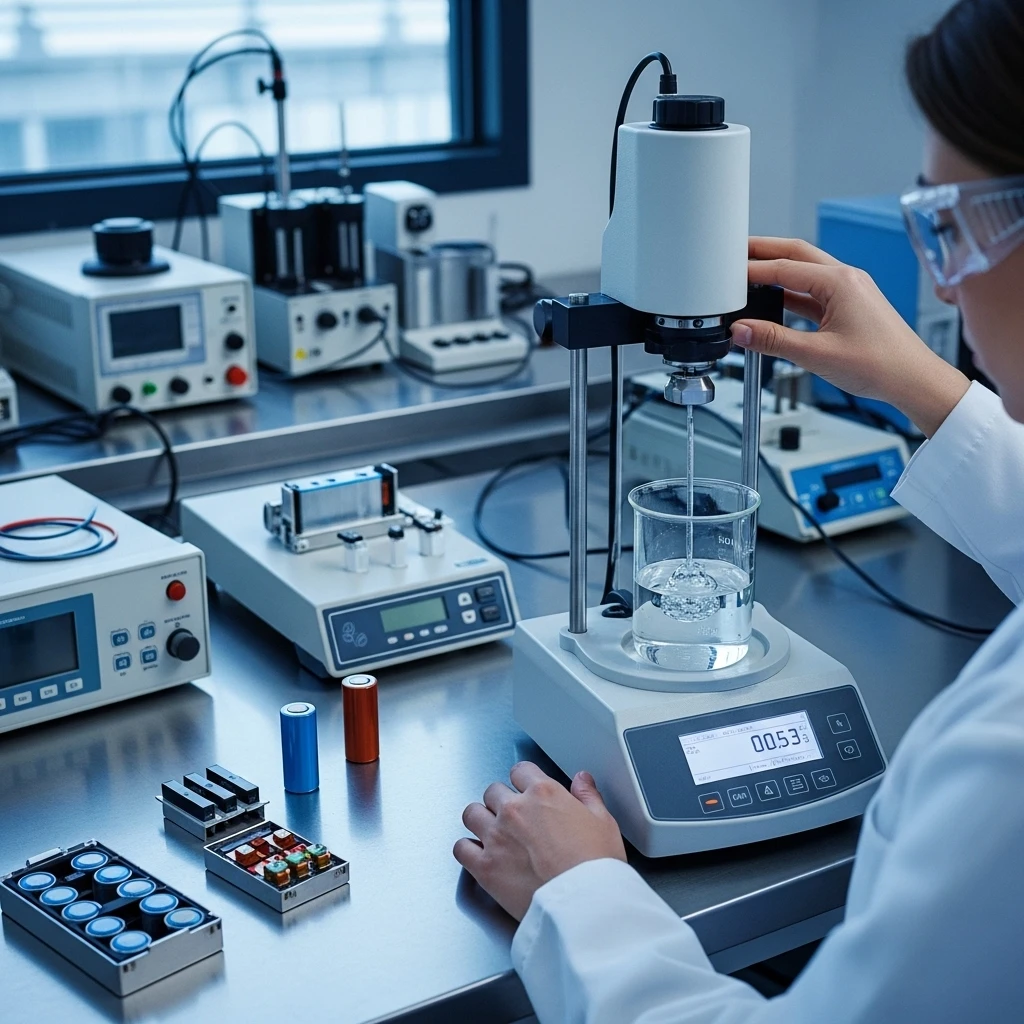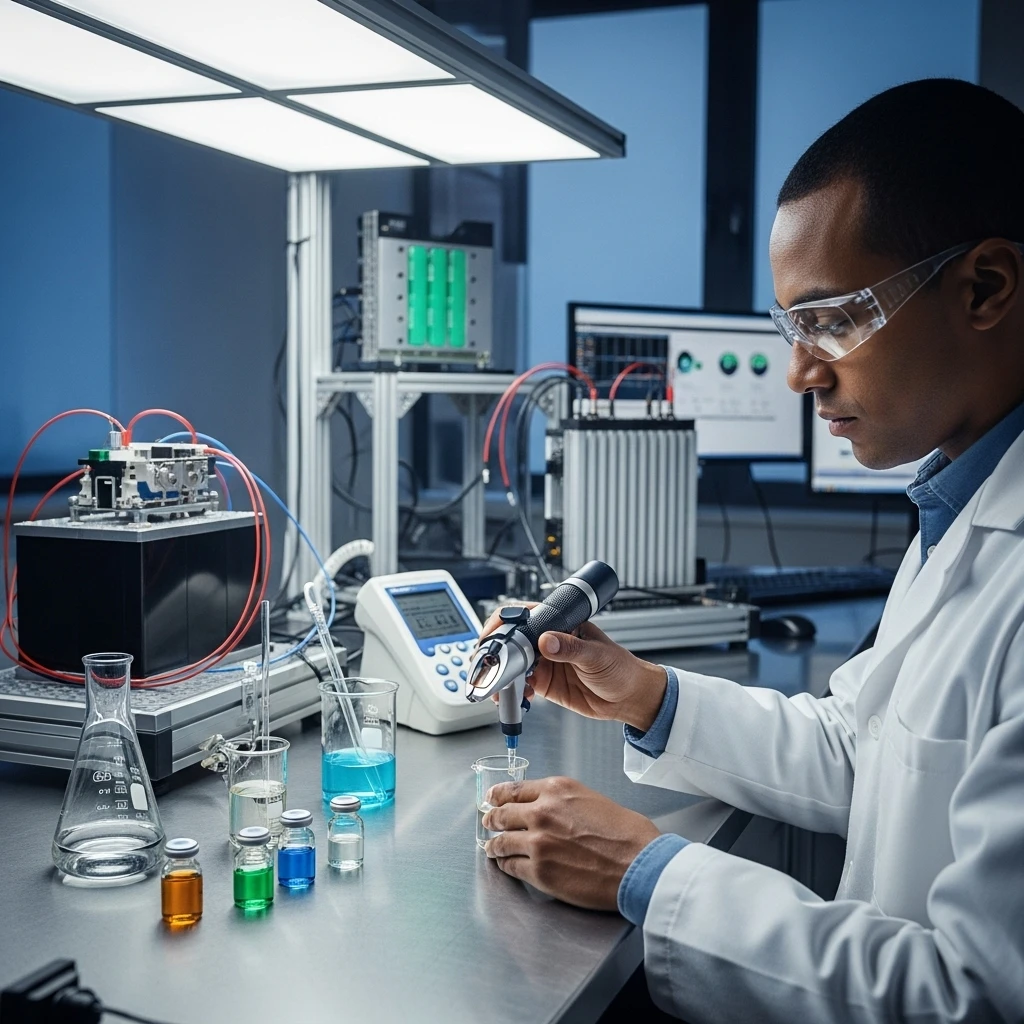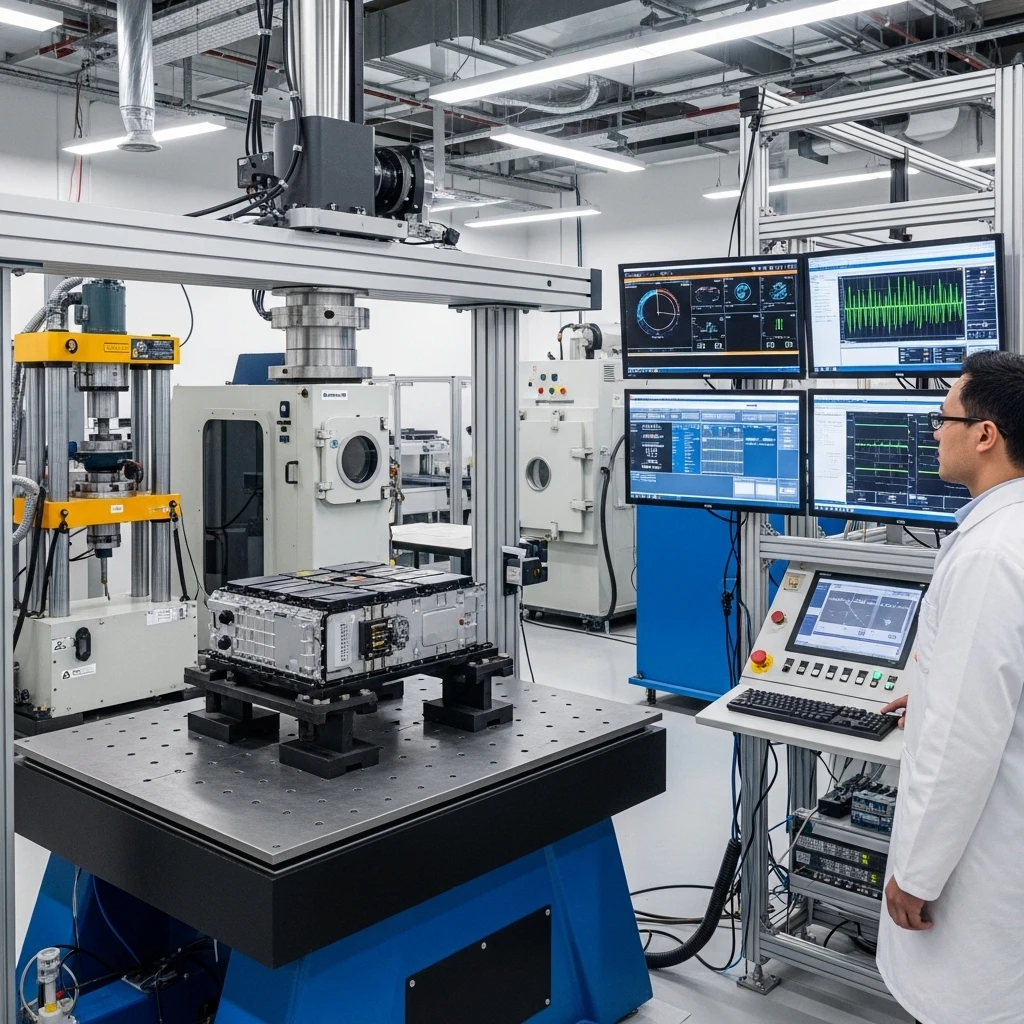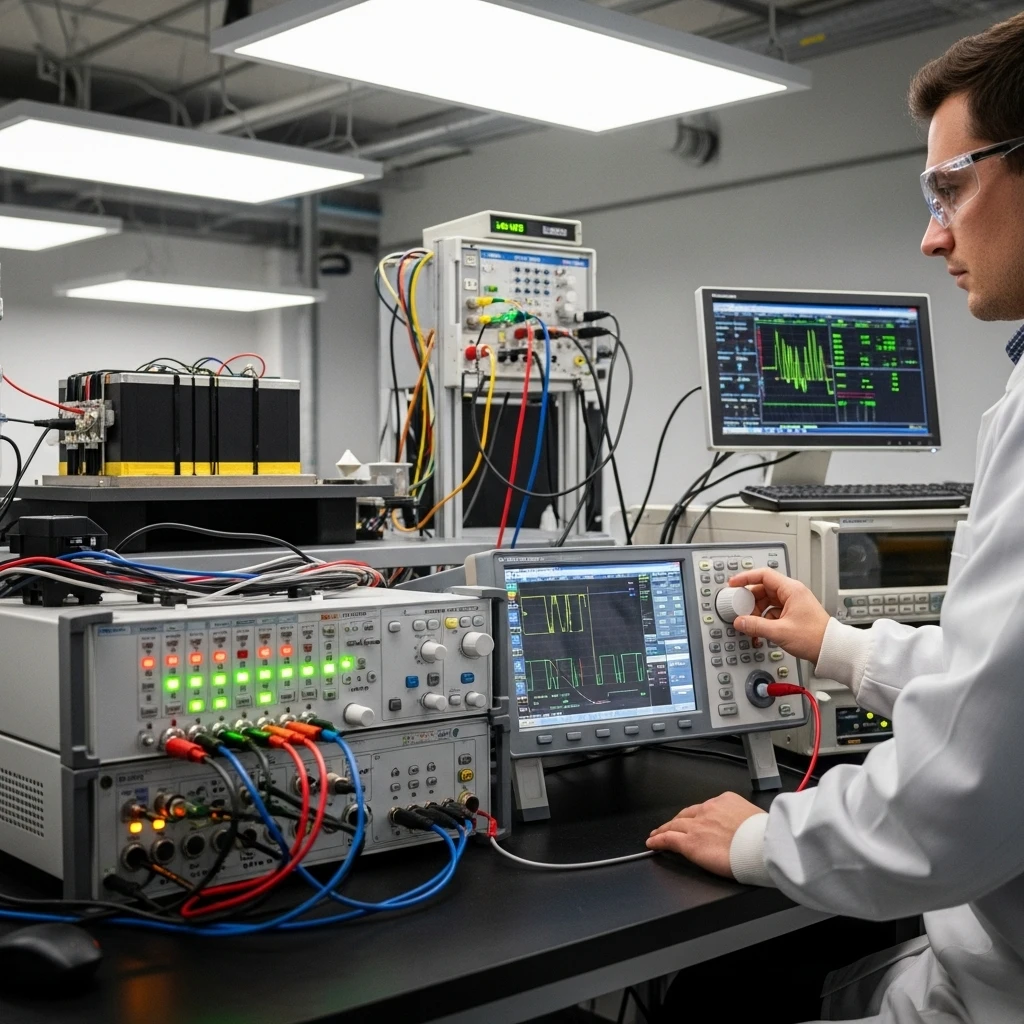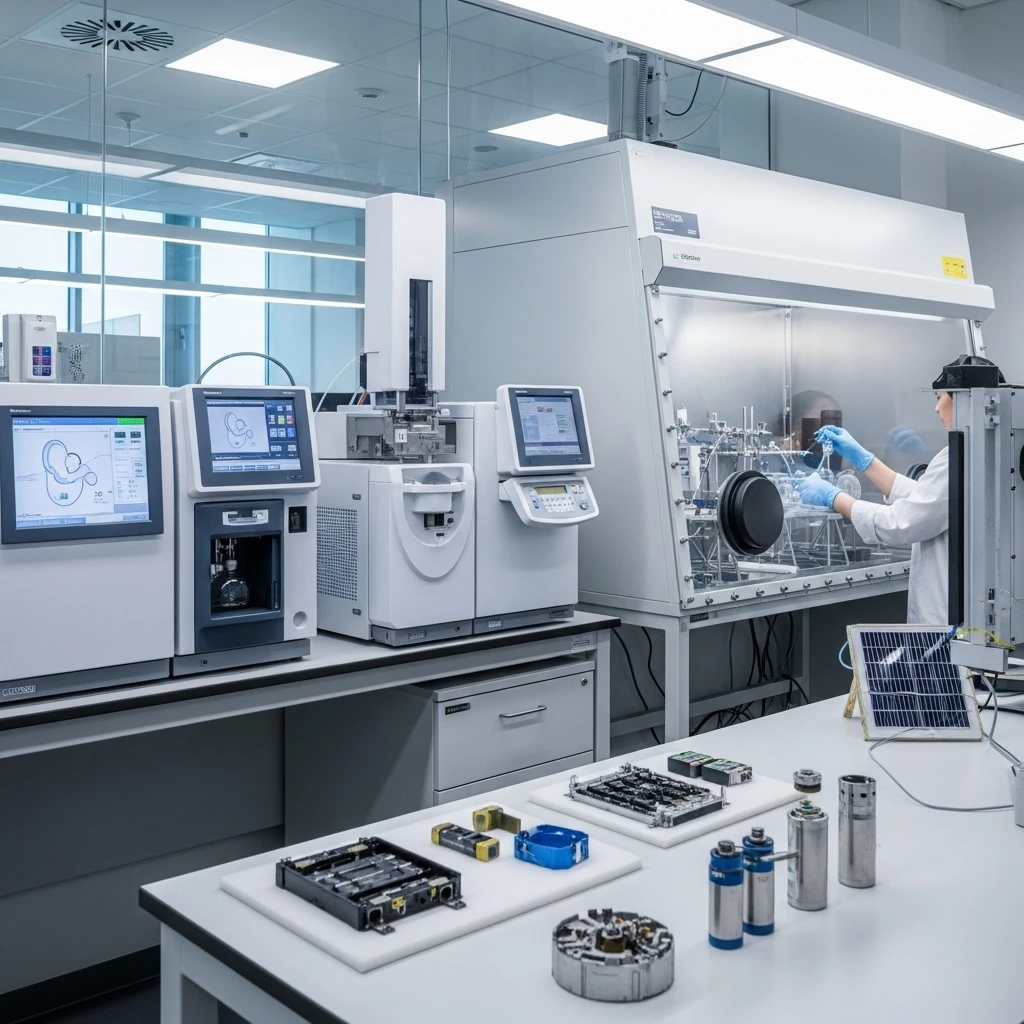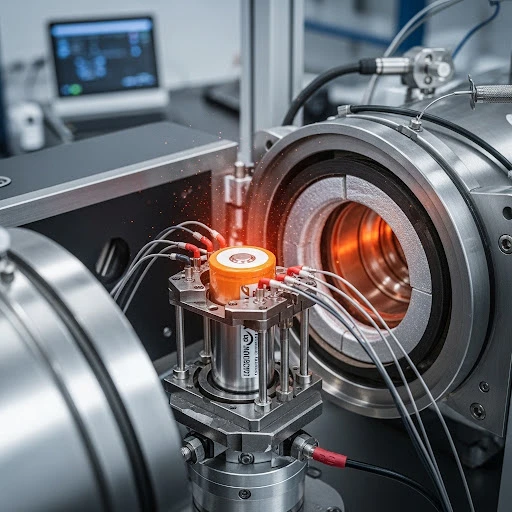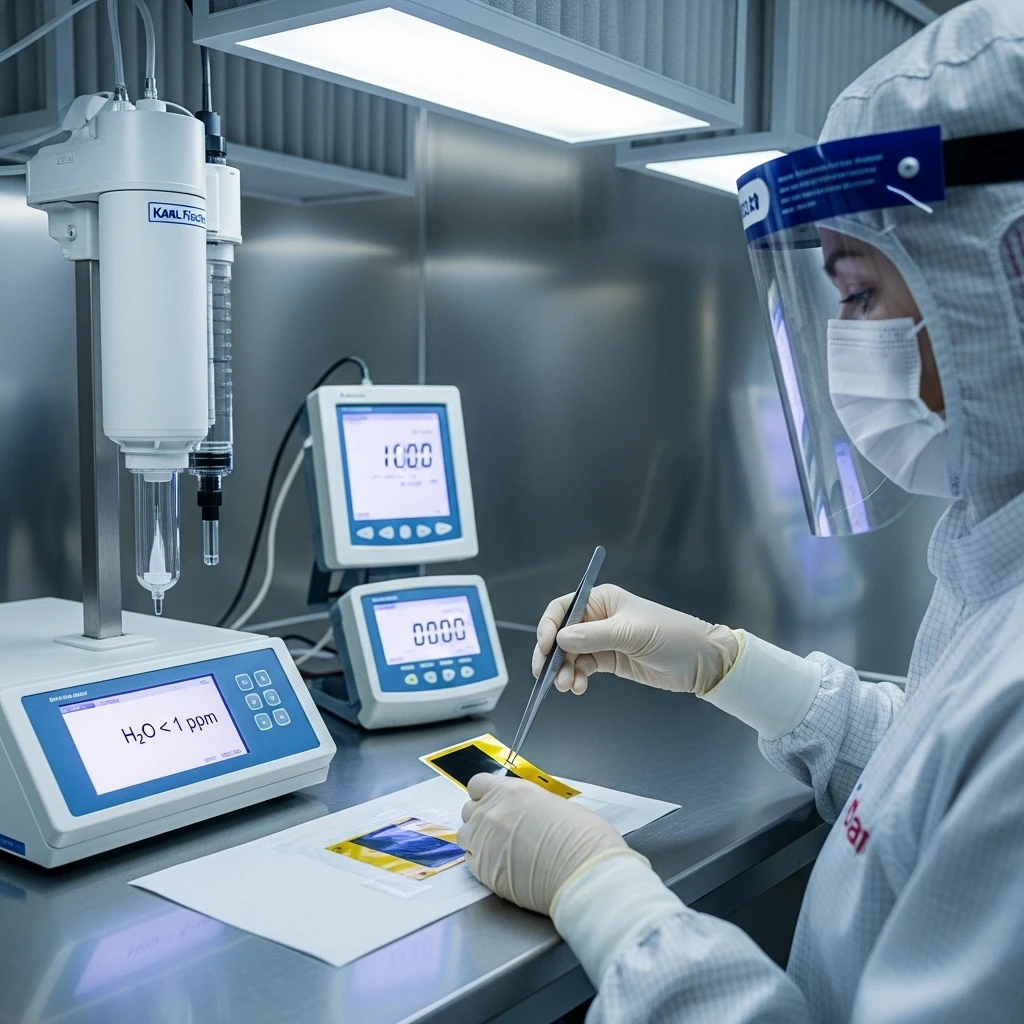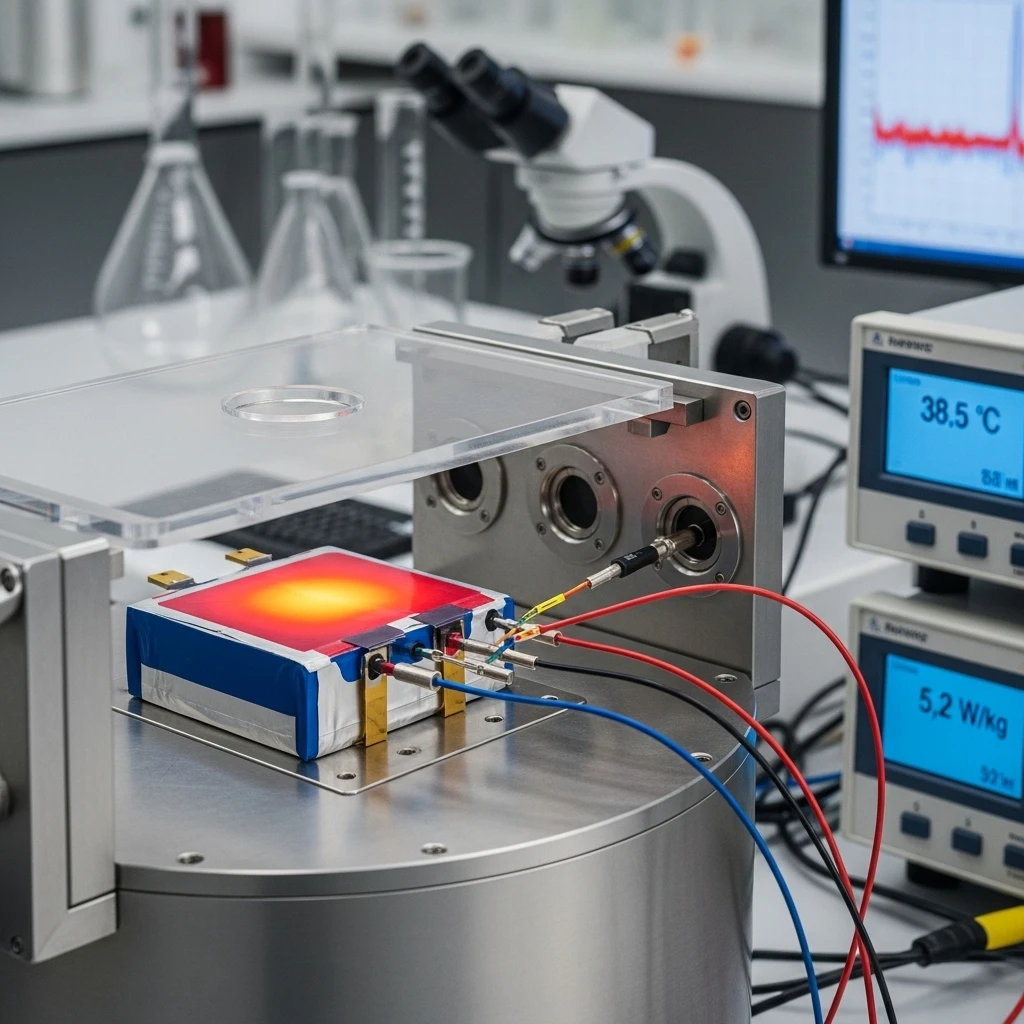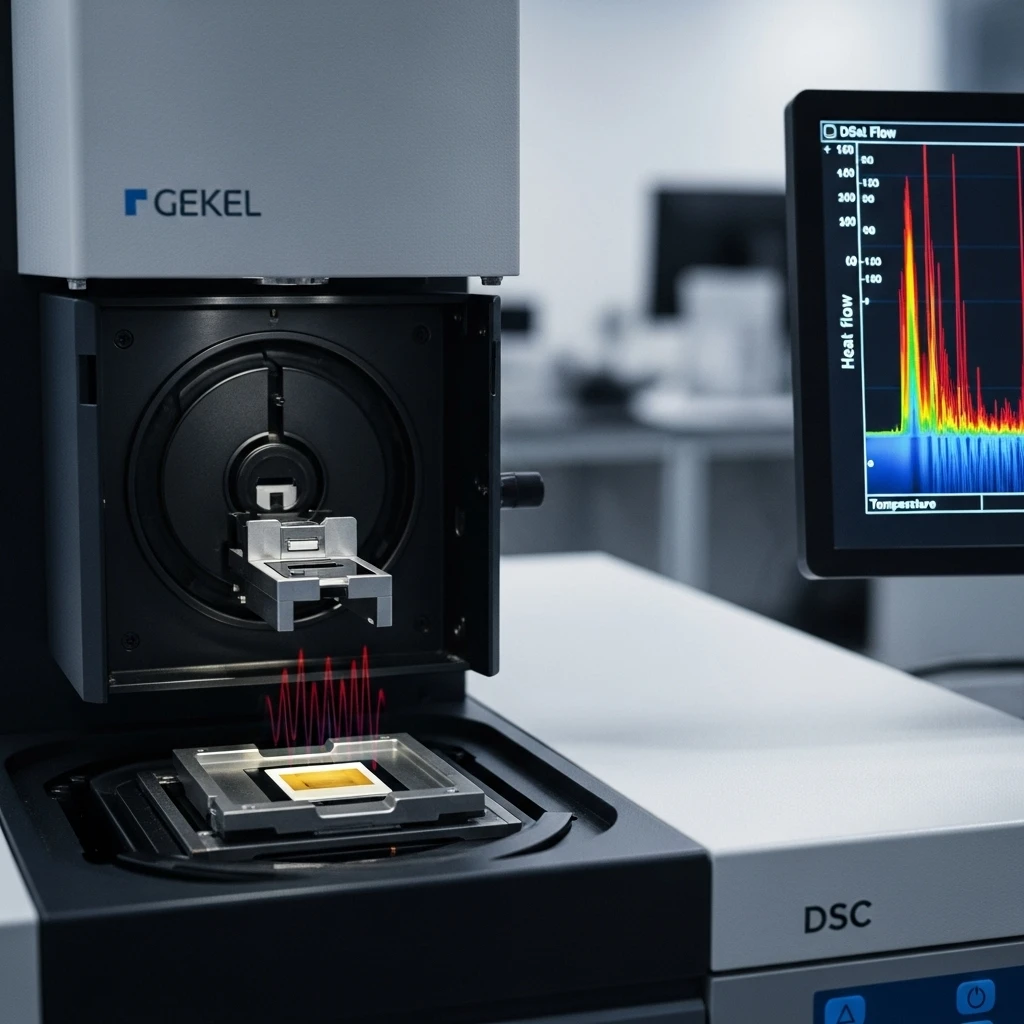HPLC Pump Troubleshooting: Resolve Pressure & Performance Issues in HPLC Systems

ImageFX (2025)
You've meticulously checked your HPLC column, perhaps even replaced it, yet your chromatograph runs remain stubbornly problematic. The peaks are still off, the baseline is erratic, and the data is far from reliable. When the column isn't the culprit, the next critical component to scrutinize is the HPLC pump. The pump is the heart of your liquid chromatography system, responsible for delivering a consistent and precise flow of mobile phase. Any deviation in its performance can cascade into a myriad of issues affecting your entire analysis.
This guide will walk you through systematic troubleshooting steps for HPLC pumps, focusing on common pressure anomalies and other performance indicators. By understanding how to diagnose and address these issues, you can restore your system's integrity, ensure accurate results, and minimize costly downtime in your laboratory.
Diagnosing HPLC Pump Pressure Problems
Pressure is a primary indicator of your HPLC pump's health and the overall system's flow path integrity. Deviations from expected pressure levels—whether too low, too high, or fluctuating—often point directly to a pump-related issue.
Identifying Low Pressure Symptoms
Low pressure, especially when constant but below expected values, frequently signals a breach in the system's plumbing.
Symptoms:
Consistently low pressure readings.
No or very little mobile phase flow.
Audible hissing or dripping sounds.
Troubleshooting Steps:
Check for Leaks: Systematically inspect all fittings, connections, and pump seals for visible leaks or signs of mobile phase residue. Tighten any loose fittings.
Inspect Pump Seals: A blown or worn pump seal can cause a constant low pressure and a visible leak. Replace damaged seals promptly.
Degas Solvents: Insufficiently degassed mobile phases can lead to air bubbles forming in the pump heads, reducing pumping efficiency. Ensure all solvents are properly degassed (e.g., via helium sparging, vacuum, or inline degasser).
Purge Pumps: If bubbles are suspected, thoroughly purge the pump heads to remove trapped air. This often involves running the pump at a higher flow rate through the waste line for several minutes.
Addressing High Pressure Issues
High pressure is almost always indicative of a blockage somewhere in the flow path, and if severe, can lead to leaks due to exceeding system pressure limits.
Symptoms:
Pressure readings significantly above the method's typical operating pressure.
Potential leaks at fittings or connections.
No or reduced flow.
Troubleshooting Steps:
Check Inline Filter/Prefilter: The inline filter, typically located just before the column, is designed to trap particulates. It's a common site for clogs.
Isolate the Filter: Loosen the fitting immediately downstream of the filter. If the pressure drops to normal, the filter is likely clogged.
Verify Filter Status: Loosen the fitting upstream of the filter. If the pressure remains high, the issue is further upstream (e.g., pump check valve).
Clean or Replace: If the filter is the culprit, remove it and thoroughly clean the frit, or ideally, replace it with a new one.
Inspect Check Valves: Worn or dirty check valves in the pump head can restrict flow, leading to increased backpressure.
Examine Tubing and Fittings: Kinks or blockages in system tubing or partially occluded fittings can also cause high pressure.
Resolving Cycling Pressure Deviations
Fluctuating or cycling pressure, especially when synchronized with the pump's stroke cycle, is a classic symptom of air bubbles within the pump or issues with check valves.
Symptoms:
Pressure gauge rapidly fluctuating up and down in a rhythmic pattern.
Inconsistent flow delivery.
Troubleshooting Steps:
Degas and Purge: As with low pressure, ensure mobile phases are thoroughly degassed and perform a comprehensive pump purge to remove any trapped air.
Inspect Check Valves: Dirty, sticky, or damaged check valves (both inlet and outlet) can cause pressure pulsations. Clean or replace them if necessary.
Check for Leaks: Even small leaks can introduce air into the system, contributing to cycling pressure. Re-check all connections.
Beyond Pressure: Other HPLC Pump Performance Indicators
While pressure issues are prominent, other subtle signs can indicate a pump problem, even if pressure seems stable.
System-Method Incompatibility
Sometimes, the pump itself isn't faulty, but the method parameters or mobile phase properties are incompatible with the system's capabilities.
Considerations:
Flow Rate Limits: Is the desired flow rate too low or too high for the pump's optimal operating range?
Solvent Viscosity: Very viscous solvents can strain the pump and affect flow accuracy.
Pressure Limits: Is the method consistently pushing the system's maximum pressure limits, leading to stress on components?
Troubleshooting: Run a "suitability method" using a standard mobile phase and flow rate to assess baseline pump performance. If the pump performs well under these conditions, the issue might be related to the specific method's demands.
Chromatographic Performance as Evidence
Ultimately, the most telling evidence of pump performance issues comes from your chromatographic data itself.
Key Indicators:
Retention Time Drift/Inconsistency: Directly linked to inaccurate or fluctuating flow rates from the pump.
Poor Peak Shape (Broadening/Splitting): While often a column issue, severe flow inconsistencies can also contribute.
Baseline Noise/Drift: Can be caused by pump pulsations or inconsistent mobile phase mixing if using a gradient pump.
Action: Consult your HPLC system's manual and other technical resources. They often provide specific troubleshooting trees linking chromatographic symptoms to potential pump (or other system) origins.
Final Thoughts on HPLC Pump Troubleshooting
Few things are more frustrating in the lab than persistent poor HPLC performance. After systematically troubleshooting your column and now your pumps, you'll be in a better position to make informed decisions. Many pump issues are simple fixes, such as tightening fittings, replacing a single ferrule or seal, proper degassing and purging for air bubbles, cleaning or replacing inexpensive inline filters, or replacing worn check valves. These repairs are often cost-effective and can significantly extend the life of your existing instrument.
However, there are times when repair becomes impractical or uneconomical. This could be due to extensive component failure, recurring problems despite repairs, or if the instrument is very old and parts are difficult to source. In such cases, considering an upgrade to a newer model might offer significant advancements in performance, reliability, and ease of use. By methodically troubleshooting your HPLC pumps, you can pinpoint issues, make sound decisions about repairs, and ultimately ensure your chromatography system delivers the reliable, high-quality data your research demands. Looking for reliable replacement parts, or considering an upgrade to new or used HPLC equipment? Discover a wide range of solutions to meet your laboratory's needs at LabX.com today!
Frequently Asked Questions (FAQ)
What are the most common signs of an HPLC pump problem? The most common signs include abnormal pressure (too high, too low, or cycling), inconsistent flow rates, and poor chromatographic results such as shifting retention times or unusual peak shapes, even after verifying the column's integrity.
How do I remove air bubbles from my HPLC pump? To remove air bubbles, first ensure your mobile phases are thoroughly degassed. Then, perform a comprehensive pump purge, typically by running the pump at a higher flow rate through the system's waste line for several minutes to flush out any trapped air.
What causes high pressure in an HPLC system if the column is not clogged? If the column is not clogged, high pressure is often caused by a blockage in the inline filter (prefilter), worn or dirty pump check valves, kinks in the tubing, or a restriction in other system components like a detector flow cell.
When should I consider replacing my HPLC pump instead of repairing it? Consider replacing your HPLC pump if it experiences extensive component failures, recurring problems despite repairs, or if the instrument is obsolete with difficult-to-find parts. A cost-benefit analysis often guides this decision, weighing repair costs against the investment in a new or used system.
